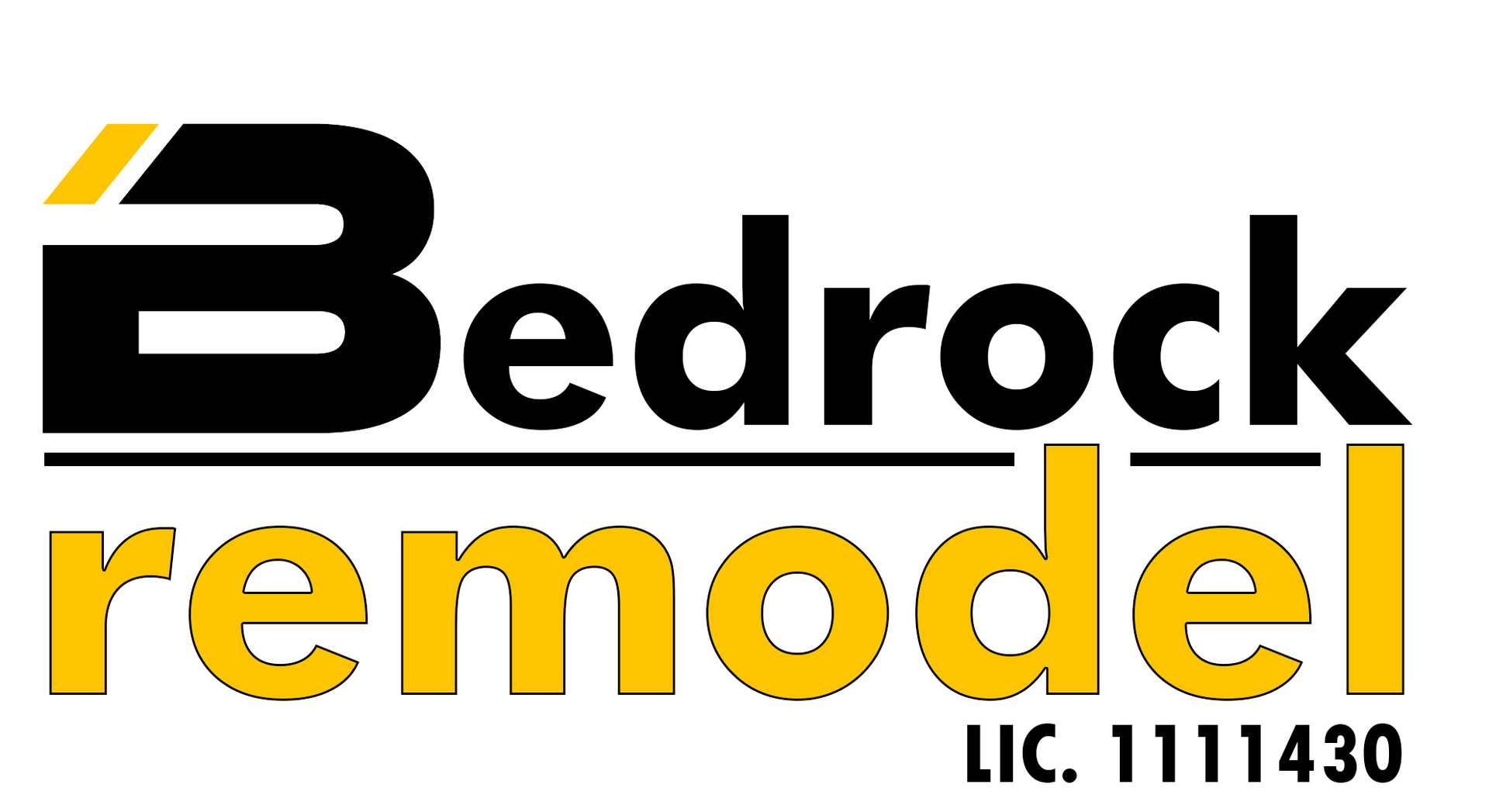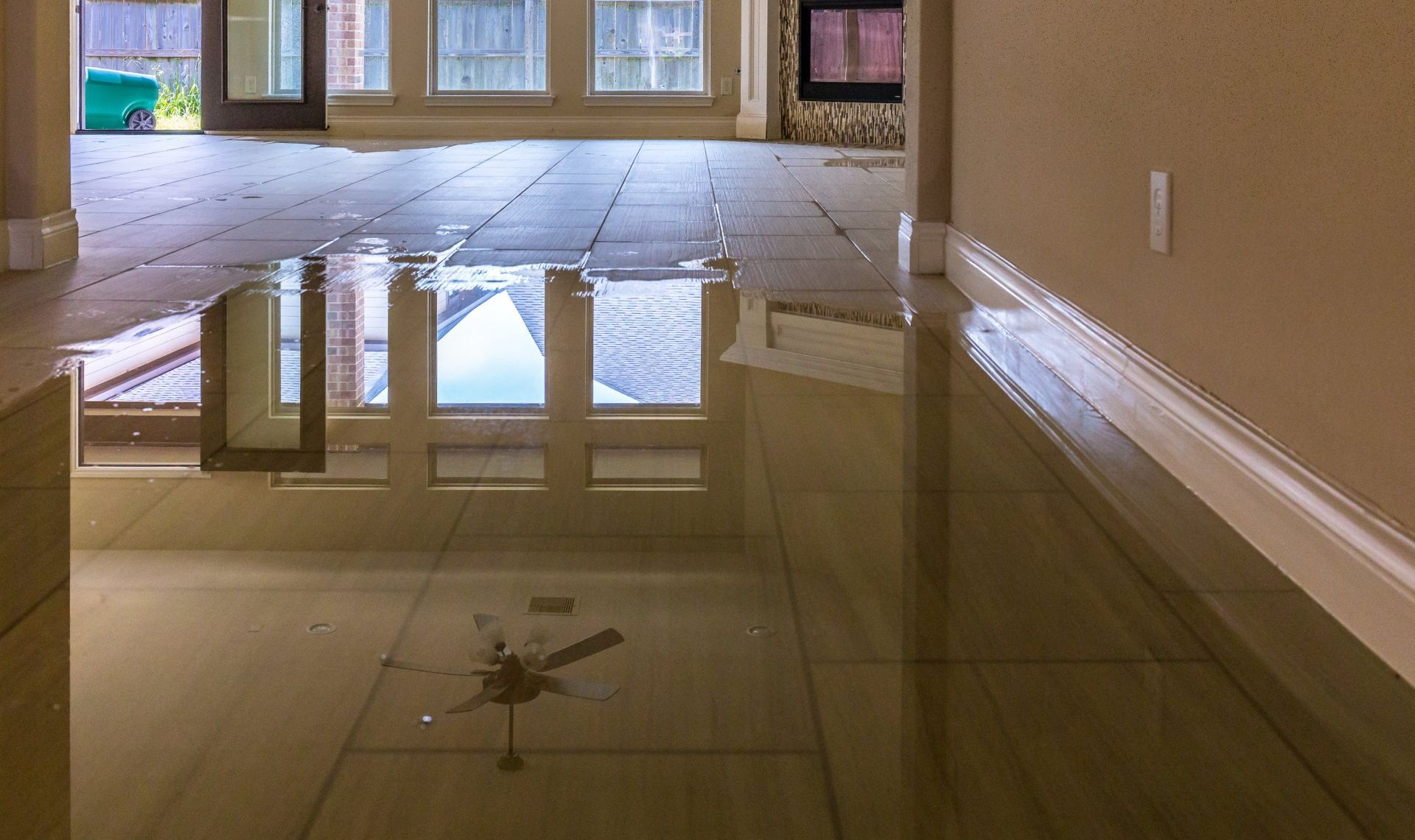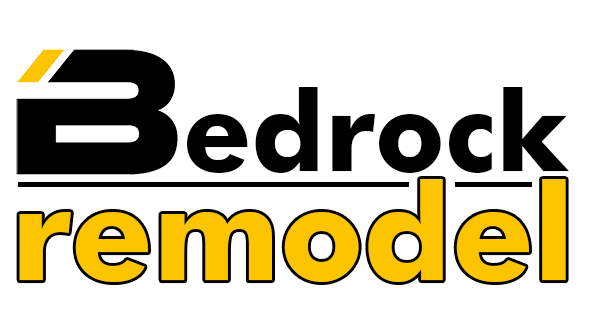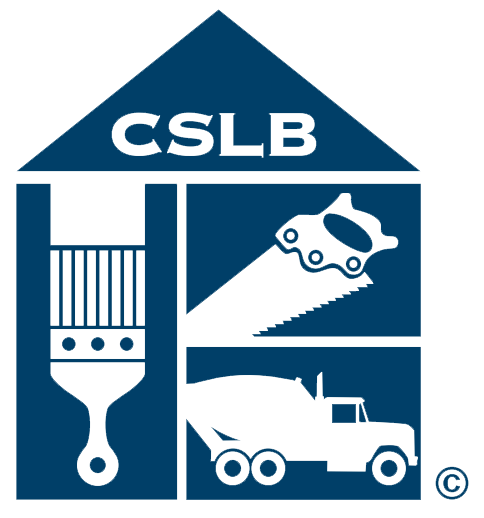Don't Ignore These Signs of Mold Damage in Your Home
Detecting a mold issue sooner than later can save you thousands in the long run
Mold damage isn't just an aesthetic issue—it's a serious problem that can impact your health and the structural integrity of your home. For homeowners and DIY enthusiasts, detecting mold early can save you a lot of trouble and expense. This guide will help you understand what mold is, identify common signs of mold damage, and provide actionable steps for detecting and preventing mold growth in your home.
Understanding Mold
Mold is a type of fungus that thrives in damp, humid environments. It spreads by releasing tiny spores into the air, which can settle on surfaces and grow into colonies if conditions are right. Mold can be found both indoors and outdoors, but it becomes a problem when it starts growing inside your home.
Mold isn't just unsightly; it can also pose serious health risks. Exposure to mold spores can lead to respiratory issues, allergic reactions, and even neurological problems. Additionally, mold can weaken the structure of your home by breaking down building materials like wood and drywall, leading to costly repairs.
Understanding the nature of mold and its potential impact on your health and home is the first step in effective mold management. By being aware of what mold is and how it behaves, you can better prepare to tackle any mold issues that may arise.
Signs of Mold Damage
Detecting mold damage early is crucial for mitigating its harmful effects. Here are some common signs that you may have a mold problem in your home:
- Musty Odor: One of the first signs of mold is a persistent musty smell, especially in areas like basements and bathrooms.
- Visible Mold: Mold often appears as black, green, or white patches on walls, ceilings, and other surfaces.
- Water Stains and Discoloration: Mold thrives in damp conditions, so water stains on walls or ceilings can be a red flag.
- Peeling or Bubbling Paint: Moisture trapped behind walls can cause paint to bubble or peel, creating an ideal environment for mold.
- Allergic Reactions: If you or your family members experience unexplained allergies or respiratory issues, mold could be the culprit.
By keeping an eye out for these signs, you can catch mold problems early and take steps to address them before they worsen.
DIY Mold Detection
Detecting mold in your home doesn't always require professional help. Here’s a step-by-step guide to help you identify mold yourself:
Step 1: Inspect common mold hotspots such as bathrooms, basements, and kitchens. Pay close attention to areas with visible water damage or leaks.
Step 2: Use a flashlight to look for mold in dark, hidden areas like under sinks and behind appliances. Mold often hides in places that are difficult to see.
Step 3: Use your sense of smell to detect musty odors. This can help you locate mold in areas that are not immediately visible.
Step 4: Consider using a moisture meter to measure the humidity levels in your home. High humidity can create an environment conducive to mold growth.
By following these steps, you can conduct a thorough inspection of your home and identify potential mold issues early.
Professional Mold Inspection
While DIY methods can be effective, there are times when professional help is necessary. Here’s when you should consider calling in the experts:
- Extensive Mold Growth: If you find large areas covered in mold, it's best to call a professional for a thorough inspection and remediation.
- Health Issues: If anyone in your household is experiencing severe allergic reactions or respiratory problems, a professional inspection can identify hidden mold sources.
- Real Estate Transactions: When buying or selling a home, a professional mold inspection can provide peace of mind and ensure there are no hidden issues.
During a professional mold inspection, experts will use specialized equipment to detect mold in areas that are difficult to reach. They will also provide a detailed report and recommend the best course of action for remediation.
Preventing Mold Growth
Preventing mold growth is essential to maintaining a healthy home environment. Here are some tips to help you keep mold at bay:
- Control Humidity Levels: Keep indoor humidity levels below 60% by using dehumidifiers and proper ventilation.
- Fix Leaks Promptly: Address any plumbing or roof leaks immediately to prevent moisture buildup.
- Clean and Dry: Regularly clean and dry areas prone to moisture, such as bathrooms and kitchens.
- Use Mold-Resistant Products: Consider using mold-resistant paint and building materials in areas prone to moisture, like basements and bathrooms.
By implementing these preventive measures, you can reduce the risk of mold growth and maintain a healthier home environment.
Conclusion
Detecting and addressing mold damage early is crucial for protecting your health and home. Remember to keep an eye out for common signs of mold, conduct regular inspections, and take preventive measures to keep mold at bay.
If you suspect mold damage in your home, don't hesitate to take action. Whether you choose to tackle it yourself or call in the professionals, addressing mold issues promptly can save you time, money, and stress in the long run.
For more expert advice and personalized assistance, consider booking a consultation with one of our specialists. We're here to help you maintain a mold-free home and ensure the well-being of your loved ones.




